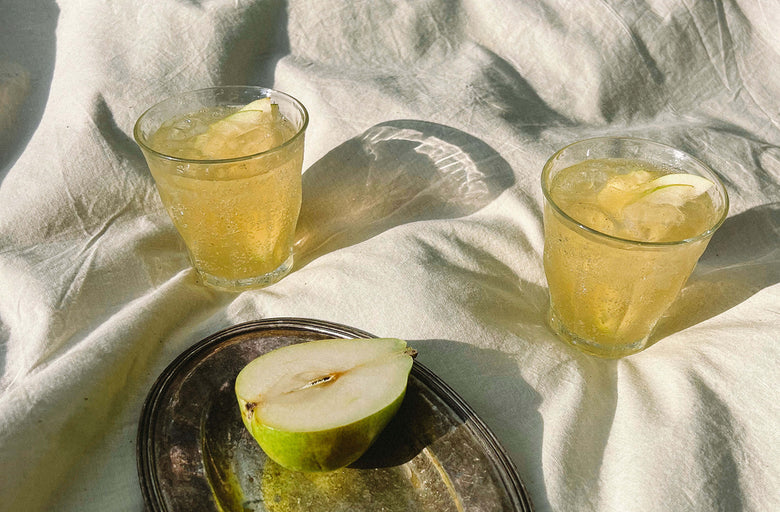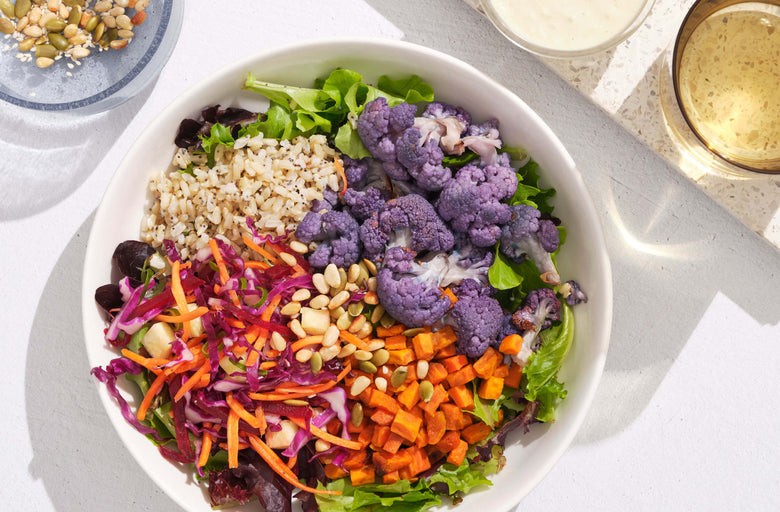In early Mayan and Mexica cultures, cacao was believed to have divine origins as a gift from the god of wisdom, Quetzalcoatl. Ceramic pieces used by the Mayans depict a warrior in cacao armor because they believed cacao would make the wearer invincible.1 While the claims based on current biomedical research today are a bit more humble, cacao remains a robust superfood that can help fight free-radical damage, inflammation, and signs of aging.
The Raw Truth
Cacao comes from the cacao tree or Theobroma cacao, found in Central and South America. Cacao is harvested from the plant’s pod-like fruits, which contain 30 to 60 beans encased in a sticky, sweet-tart white pulp. In its pure state, cacao is rich in calcium and packed with iron, magnesium, and antioxidants.
Cacao and cocoa or chocolate are often referenced interchangeably, but they are not the same thing, especially when it comes to nutrient density and efficacy. When raw cacao beans are processed, they become the cocoa and chocolate we know from baking and Halloween. While the process of roasting the bean at high temperatures and adding heaps of sugar mellows the flavor, it also strips away cacao’s nutritional prowess. The raw taste that often turns your tastebuds off initially is its source of strength. The natural flavonols, a form of flavonoids found in cacao, impart its deep, sharp flavor.
The best way to embrace raw cacao is to think of it as a deeper, more complex-tasting sensory experience, like what you might have with wine or coffee.
The Benefits Of Bitter
Flavonoids are a group of natural substances found in plants and wine 2. They are antioxidants that protect the body from aging and disease. Flavonoids were exalted in the 1990s with the discovery of the “French Paradox.” This was the observation that Mediterranean populations lived longer and showed low cardiovascular mortality rates linked to the consumption of flavonoid-rich foods such as allium and brassica vegetables (think onions, garlic, kale, cabbage, and red wine).3 In addition to the anti-inflammatory benefits, the flavonols found in raw cacao have a number of benefits, from boosting the immune system to improving cognitive function and mood to reducing signs of aging.
- Eating cacao increases T-cells—the immune markers in your blood. Cacao directly boosts the immune system through both systemic anti-inflammatory qualities, as well as intestinal anti-inflammatory qualities and gut-friendly bacteria-boosting effects.
-
In one study, 90 elderly people with mild cognitive impairment, a condition that can lead to dementia, consuming high-flavanol cacao for eight weeks seemed to improve their cognitive function.
- The amino acid tryptophan is found naturally in cacao. It helps to enhance relaxation, boost mood, and promote better sleep.
-
The flavonols in cacao prompt increased blood circulation and cell turnover, resulting in improved skin texture and hydration.
- Cacao beans are brimming with essential minerals such as magnesium, sulfur, calcium, iron, zinc, copper, potassium, and manganese.

How To Enjoy Cacao
There’s no denying that a lifetime of savoring over-processed, super-sweet candies and desserts has trained our tongue and brain to be less receptive to cacao’s true essence. (And no one is denying the benefits of some dark chocolate when needed. There’s a time and place for everything.) But the best way to embrace raw cacao is to think of it as a deeper, more complex-tasting sensory experience, like what you might have with wine or coffee. If you are a newcomer, try eating a little and gradually increasing the percentage you consume. Like most things, your palate quickly adjusts and begins to enjoy it.
When purchasing raw cacao, be mindful, and know where yours comes from. We like Imlak’esh organic cacao products. Mountain Rose Herbs is another trustworthy source for cacao and other ingredients. Any cacao you source should be ethically traded, organic, sundried, and handpicked.
If you still can’t stomach the taste on its own, there are lots of ways to sneak a little cacao into your daily routine by loading up on foods and supplements that combine other ingredients to balance the bitter profile.
- Add raw cacao powder or nibs to your favorite smoothie or smoothie bowl or use it as a substitute for baking.
- Enjoy a hit of cacao via a nutritional functional supplement such as Metabolism Super Powder which also contains L-Glutamine, celery seed extract, gymnema sylvestre, fucoxanthin, and black pepper piperine to help to rev up the digestive system and stabilize blood sugar.
- Make it a daily morning or midafternoon treat by popping a Nootropic or Beauty Chocolate. You’ll get the benefits of cacao along with calming clarity of L-Theanine (with the former) and phytoceramides that promote healthy skin (with the latter).
More Food As Medicine
Blue Spirulina: Nature’s First Protein
3 Colorful Smoothie Bowls To Spark Creativity
Sources:
1. Food of the Gods: Cure for Humanity? A Cultural History of the Medicinal and Ritual Use of Chocolate
2. Effects of Flavonoids on Immune and Inflammatory Cell Functions, NCBI, 1992
3. Review of the Biology of Quercetin and Related Bioflavonoids, Food and Chemical Toxicology, 1995






